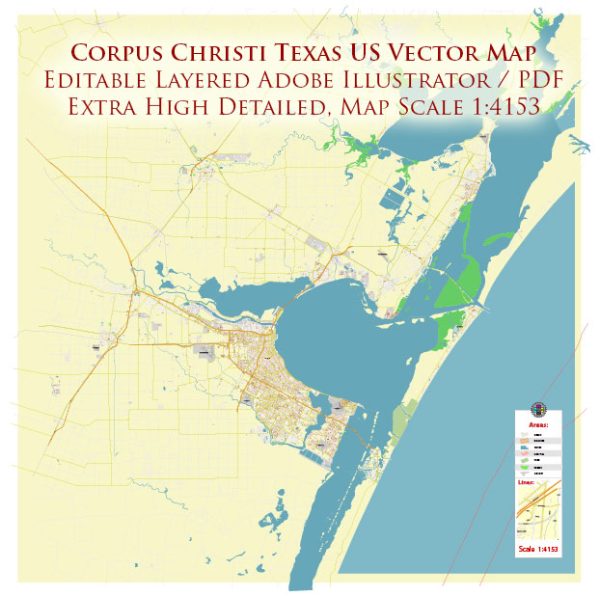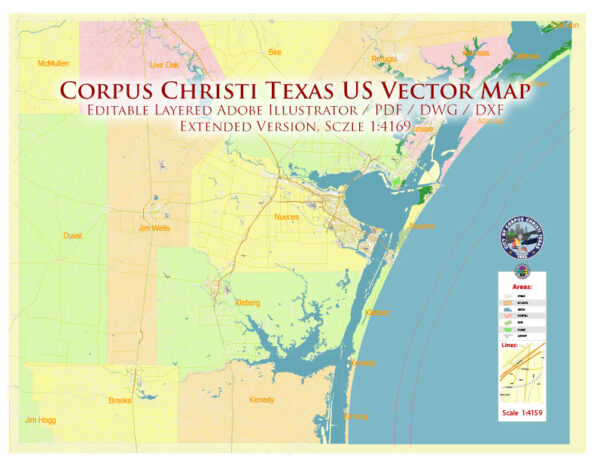Corpus Christi, Texas, has a rich history of urban development that spans several centuries. Here’s an overview of the key historical milestones in the city’s urban development:
- Early History and Spanish Exploration (16th-17th centuries):
- The area around Corpus Christi Bay was inhabited by Native American tribes for centuries before Spanish explorers arrived. The first European to explore the area was Alonso Álvarez de Pineda in 1519.
- Spanish settlements began in the late 17th century, with the establishment of missions and ranching communities.
- Mexican Era (1821-1836):
- After gaining independence from Spain, Texas became a part of Mexico. The Mexican government encouraged the settlement of the area, leading to the establishment of ranches and small communities.
- Republic of Texas (1836-1845):
- Texas gained independence from Mexico in 1836 and became the Republic of Texas. The city’s development during this time was influenced by its strategic location along the Gulf of Mexico.
- Statehood and Growth (1845-1861):
- Texas joined the United States in 1845, and Corpus Christi continued to grow as a trading and transportation hub.
- The city played a role in the Mexican-American War (1846-1848) and served as a major Confederate port during the Civil War.
- Reconstruction and Industrialization (1865-1900):
- After the Civil War, Corpus Christi began to recover and diversify its economy. The arrival of the railroad in the late 19th century further facilitated economic growth.
- The city’s port became increasingly important for shipping agricultural products, cattle, and oil.
- World War II and Military Presence (1941-1945):
- Corpus Christi became a significant military center during World War II, with the establishment of Naval Air Station Corpus Christi. This military presence had a lasting impact on the city’s economy and development.
- Post-War Boom and Suburbanization (1945-1970s):
- The post-war period saw a population boom and increased suburbanization. The city’s infrastructure expanded, and new residential areas were developed.
- The oil and petrochemical industries also played a crucial role in the city’s economic development during this period.
- Modern Era (1980s-Present):
- Corpus Christi has continued to evolve as a major economic center, with a diverse economy that includes industries such as petrochemicals, healthcare, tourism, and higher education.
- The city has invested in infrastructure projects, including the improvement of the port facilities and the development of the downtown area.
Throughout its history, Corpus Christi has faced challenges such as hurricanes and economic fluctuations, but its strategic location and diverse economy have contributed to its resilience and ongoing development. The city’s urban landscape reflects a blend of historical architecture and modern infrastructure, making it a dynamic and vibrant community.



 Author: Kirill Shrayber, Ph.D.
Author: Kirill Shrayber, Ph.D.